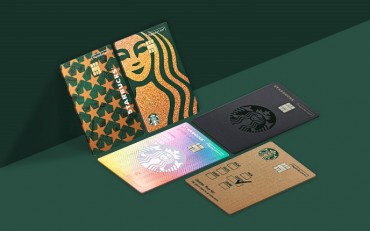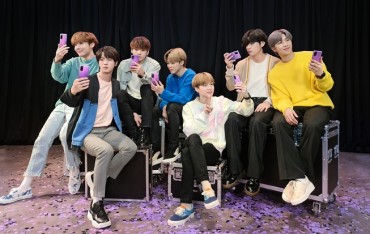SEOUL, Mar. 28 (Korea Bizwire) — South Korea’s Internet banking services grew at a fast clip last year, with the number of daily transactions and their total value reaching record highs, central bank data showed Thursday.
The number of online banking service users came to a record 146.56 million as of the end of 2018, up 8.5 percent from a year earlier, according to the data from the Bank of Korea (BOK). This is the sum of all registered users of 18 Internet and mobile banking service providers in the country.
The average number of daily transactions processed on computers and mobile devices came to 118.97 million in 2018, up 25.3 percent from the previous year.
The average amount of money processed through such means spiked 19.9 percent to 52.16 trillion won (US$45.85 billion), according to the data.
In particular, mobile banking showed marked growth last year.
The number of smartphone-based banking service users increased 16.7 percent on-year to 106.07 million, and the amount of daily transactions jumped 31.9 percent to 5.34 trillion won, the data showed.
The average number of daily transactions last year advanced 27.2 percent from the previous year to 74.62 million in 2018, according to the data.
Of the total Internet banking transactions, 62.7 percent were made through mobile gadgets, though mobile banking accounted for only 10.2 percent of the total in terms of transaction value.
In 2017, two Internet-only banks — K-Bank and Kakao Bank — were launched in South Korea, and the financial authorities plan to approve a third such bank in May.
Last year, Internet banking was the most popular means of conducting transactions among customers, accounting for 53.2 percent, up 7.7 percent from a year earlier.
Automated teller machines came next with 30.2 percent, followed by talking to clerks face-to-face at bank branches with 8.8 percent and telebanking with 7.9 percent, according to the data.
(Yonhap)







